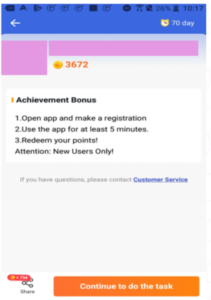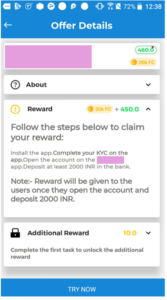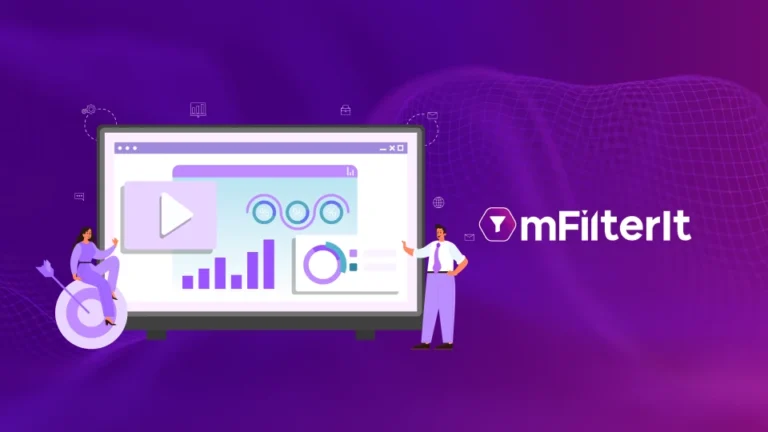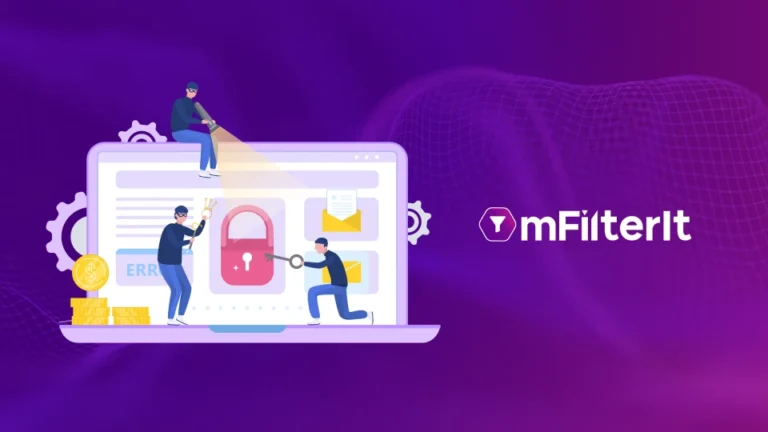Imagine that you onboard affiliates to market your newly launched app. They commit performance, and you start seeing thousands of new installs overnight. You’re at peace that you’re getting a good return out of your marketing investments.
But within a few days, the users start uninstalling your app, engagement drops to near zero and you’re at the same spot where you were on Day 1. Are you thinking what went wrong?
The answer could lie in Incent walls.
A deceptive method used by affiliates to deceive advertisers into thinking their app campaigns are performing. Here users install apps only to earn rewards, not because they genuinely care about the app itself. While this tactic might appear to boost performance metrics, it creates a dangerous illusion of success, leaving advertisers with inflated numbers but little real value.
In this blog, we’ll uncover the risks of incent fraud, how fraudsters manipulate soft KPIs using incentivized traffic, and, most importantly, how advertisers can protect themselves from wasted budgets and misleading campaign results.
What Are Incent Walls?
Incent walls are digital platforms that reward users with in-game currency, discounts, or other perks in exchange for installing apps or completing designated tasks. These platforms are commonly found in gaming, survey, and reward-based applications.
At first glance, incentivized traffic might seem like an easy way to boost app installs. However, for advertisers aiming to acquire high-quality users who engage with their app, this method poses several serious risks.
The Risks of Incent Traffic for Advertisers
1. Low-Quality Users: The Engagement Mirage
Users who install apps through incent walls are not genuinely interested in the app’s purpose. Their primary goal is to claim a reward, which means they rarely interact meaningfully with the app. This results in:
- Poor user retention – Users abandon the app after meeting the required conditions.
- Artificially inflated metrics – Install numbers rise, but true engagement remains low.
- Skewed data – Advertisers may misinterpret the success of a campaign, thinking they are reaching a relevant audience when they are not.
2. High Uninstall Rates: A Costly Cycle
Since incentivized users have no real interest in the app, they often uninstall it as soon as they receive their reward. This leads to:
- Increased churn rates – Making it harder to build a stable user base.
- Wasted ad spend – Marketers pay for installs that offer no long-term value.
- Negative app store rankings – High uninstall rates can lower an app’s ranking in stores, affecting organic discoverability.
3. Fraudsters Manipulating Soft KPI Events
Incent traffic often gets blended with organic or paid traffic to manipulate key performance indicators (KPIs). Fraudsters use this technique to:
- Create a false sense of campaign success – Users complete basic actions like sign-ups or tutorial completions but never become engaged customers.
- Drain advertising budgets – Advertisers spend on user acquisition without any long-term return.
- Make detection harder – By mixing incent traffic with legitimate sources, it becomes challenging to separate real user behavior from artificially boosted metrics.
How to Detect Apps Running on Incent Walls
Warning Signs of Incent Traffic:
- Unusual Traffic Spikes – If installs surge from specific sources within a short time frame, it could indicate incentivized installs.
- Low Engagement Rates – Users acquired through incent walls often fail to complete meaningful in-app actions beyond the reward requirement.
- High Uninstall Rates – A sudden drop-off in user retention post-installation is a strong red flag.
- Suspicious Sources – If the traffic originates from reward-based apps, it is essential to scrutinize it further.
Real-World Case Studies: Spotting Incent-Driven Fraud
Sample 1: Telecom Provider’s Inflated Installs
A popular telecom provider ran a campaign unknowingly on an incent app. Users were directed to install the app through a shared link and complete certain steps to earn over 3,000 coins. While installs skyrocketed, actual customer engagement remained minimal.
Sample 2: Banking App’s Misleading Growth
A campaign for a top-tier banking app was identified on an incent platform. Users followed a shared link, installed the app, and completed a simple action to claim rewards. The result? A surge in installs but little to no account activations or transactions.
These cases highlight how incentivized traffic can inflate metrics while delivering no real business impact.
How Advertisers Can Protect Themselves
1. Implement Advanced Fraud Detection Tools
Advertisers can combat incent-driven fraud by leveraging ad fraud detection solutions like mFilterIt, which provides:
- Real-time monitoring – Identifies traffic anomalies that signal fraudulent activity.
- User engagement analysis – Distinguishes between genuine and incent-driven users.
- Source validation – Ensures traffic quality by filtering out incent-originated installs.
2. Focus on Quality Over Quantity
Instead of chasing high install numbers, advertisers should prioritize user intent and engagement. Strategies include:
- Running targeted ad campaigns that attract relevant users.
- Optimizing app store listings to improve organic discovery.
- Monitoring post-install behavior to measure genuine engagement.
Final Thoughts: Protecting Your Ad Budget
While incent walls may appear to offer a quick boost in installs, they ultimately lead to poor-quality traffic, budget wastage, and skewed campaign analytics. By proactively identifying and blocking incent-driven installs with fraud detection tools, advertisers can ensure their marketing efforts drive real business value.
Investing in genuine, high-intent users will always yield better long-term success than chasing artificial growth through incent traffic. Brands that prioritize transparency and authenticity in their marketing will build stronger customer relationships and maximize their return on investment.
Ready to stop wasting budget on empty installs and start acquiring real, high-quality users?
Connect with mFilterIt today to safeguard your app campaigns from incent-driven fraud and maximize true performance.






